Home>Garden Essentials>What Does Sesame Seed Oil Taste Like
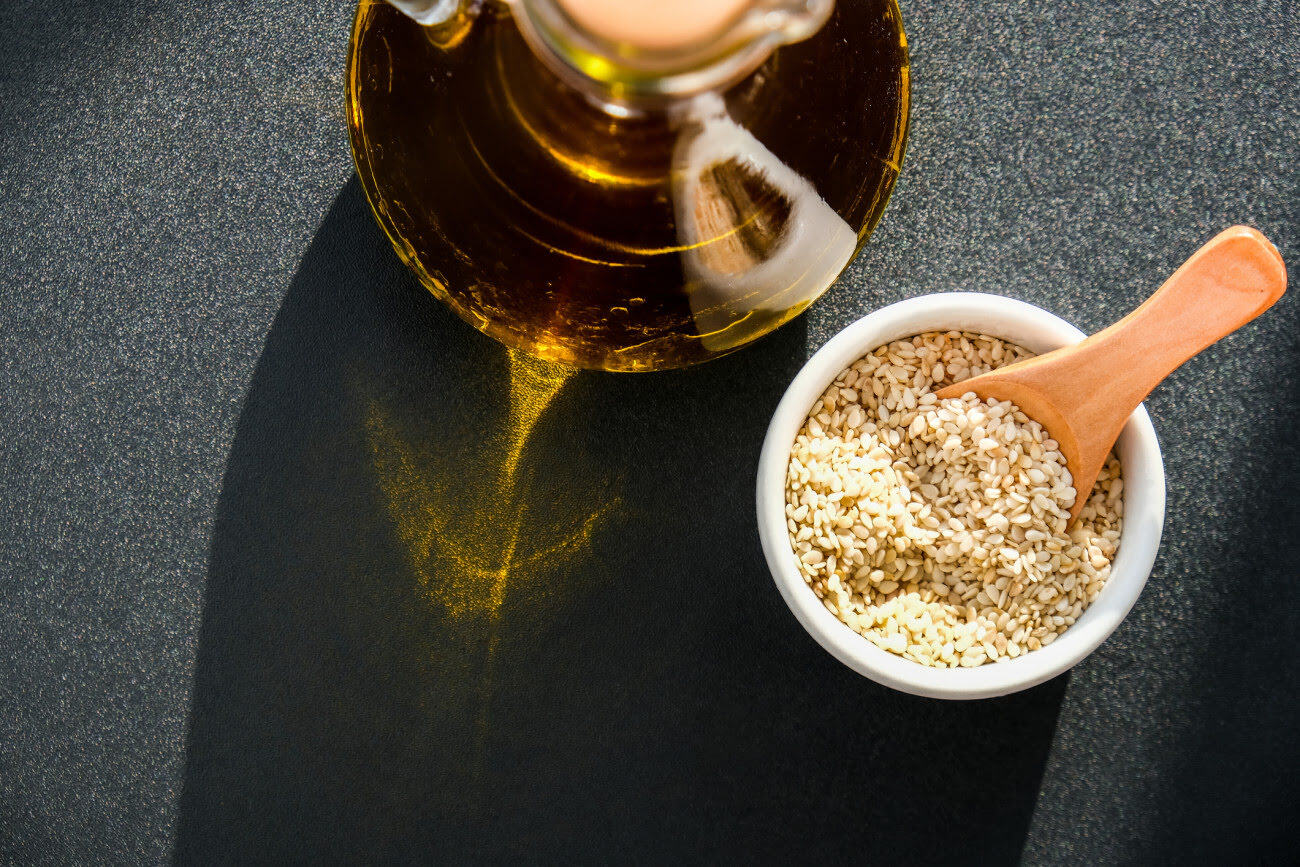

Garden Essentials
What Does Sesame Seed Oil Taste Like
Modified: March 15, 2024
Discover the unique flavor of sesame seed oil and its culinary uses in the garden. Enhance your dishes with the aromatic taste of garden-grown sesame seeds.
(Many of the links in this article redirect to a specific reviewed product. Your purchase of these products through affiliate links helps to generate commission for Storables.com, at no extra cost. Learn more)
Introduction
Welcome to our comprehensive guide on sesame seed oil! If you’re a cooking enthusiast or someone who loves experimenting with different flavors in the kitchen, you’ve probably come across sesame seed oil at some point. This aromatic and versatile oil is renowned for its unique taste and numerous health benefits.
Sesame seed oil, also known as gingelly oil, is derived from sesame seeds through a process called cold-pressing or expeller-pressing. It has been widely used in cooking and traditional medicine for centuries, particularly in Asian cuisines such as Chinese, Japanese, Korean, and Indian.
In this article, we will explore the taste profile of sesame seed oil, how it is made, and its culinary uses. Additionally, we will delve into the health benefits it offers and compare it to other oils commonly used in the kitchen. By the end of this reading, you’ll have a deeper understanding of this delightful oil and how to incorporate it into your culinary creations.
So, let’s dive in and discover what makes sesame seed oil such a valuable and intriguing ingredient!
Key Takeaways:
- Sesame seed oil has a rich, nutty flavor that adds depth to dishes. It’s great for stir-fries, marinades, and dressings, but use it sparingly due to its potent taste.
- Sesame seed oil offers potential health benefits, supporting heart health and bone health. It’s rich in nutrients and antioxidants, but should be used in moderation as part of a balanced diet.
Read more: What Do Sesame Seeds Taste Like
What is Sesame Seed Oil
Sesame seed oil is a flavorful and aromatic oil that is extracted from sesame seeds. It is made by pressing these tiny seeds to release their natural oils. Sesame seeds come from the Sesamum indicum plant, which is native to Africa and Asia. The plant produces small pods that contain the seeds, which are then harvested and used to produce the oil.
Sesame seed oil has been used for thousands of years in various cultures and cuisines. It has a rich history and is deeply rooted in Asian cooking traditions. In fact, it is one of the oldest known crop-based oils, dating back to ancient times in India, Egypt, and China.
There are different varieties of sesame seed oil available, including light and dark sesame oil. Light sesame oil is made from raw sesame seeds that have been lightly toasted, resulting in a lighter color and a milder taste. Dark sesame oil, on the other hand, is made from toasted sesame seeds, giving it a darker color and a stronger, nuttier flavor.
Both light and dark sesame seed oil can be used in cooking, but they have slightly different characteristics. Light sesame oil is often used as a cooking oil due to its mild flavor, while dark sesame oil is more commonly used as a seasoning or flavor enhancer in dishes.
One of the distinguishing features of sesame seed oil is its high smoke point, which makes it suitable for various cooking methods, including stir-frying and deep-frying. This means it can withstand higher temperatures without breaking down or oxidizing, resulting in a more stable and flavorful oil.
In addition to its culinary uses, sesame seed oil is also valued for its nutritional properties and potential health benefits. It is rich in essential fatty acids, antioxidants, and other beneficial compounds that can support overall well-being. We will explore these health benefits in more detail later in the article.
In the next section, we will take a closer look at how sesame seed oil is made and the different production methods involved.
How is Sesame Seed Oil Made
The process of making sesame seed oil involves extracting the oils from the sesame seeds through mechanical pressing. There are two primary methods used in the production of sesame seed oil: cold-pressing and expeller-pressing.
In the cold-pressing method, the sesame seeds are first thoroughly cleaned and then dried to remove any excess moisture. Once dried, they are gently heated to a certain temperature to facilitate the oil extraction process. The heated seeds are then pressed using a hydraulic or screw press to extract the oil. This method preserves the natural properties and flavors of the sesame seeds, resulting in an oil that is rich in aroma and taste.
Expeller-pressing, on the other hand, involves heating the sesame seeds to a higher temperature before pressing them to extract the oil. This process may use steam or direct heat to raise the temperature of the seeds, which aids in increasing the oil yield. While expeller-pressing can result in a higher quantity of oil, it may slightly alter the flavor and aroma of the final product.
After the pressing process, the extracted oil is then filtered to remove any impurities or sediment. This filtration step ensures that the oil is pure, clear, and free from any unwanted particles.
It’s important to note that high-quality sesame seed oil is typically made from raw, unhulled sesame seeds. These seeds have a higher oil content and are considered to produce oil with better flavor and nutritional value.
Once the oil is extracted and filtered, it is usually stored in dark bottles or containers to protect it from light and heat, which can cause the oil to degrade. Proper storage helps to preserve the freshness, flavor, and health properties of the sesame seed oil.
In the following sections, we will delve into the taste profile of sesame seed oil, allowing you to fully appreciate its unique flavor and aroma.
Sesame Seed Oil Taste Profile
Sesame seed oil is known for its distinct and robust flavor profile that adds depth and complexity to dishes. The taste of sesame seed oil can vary depending on the type of seeds used and the production method. Light sesame seed oil tends to have a milder and more delicate flavor, while dark sesame seed oil has a stronger and nuttier taste.
When you open a bottle of sesame seed oil, you’ll be greeted by a rich, nutty aroma that is characteristic of this oil. The aroma is often described as toasty and slightly sweet, with notes of roasted sesame seeds.
As for the taste, sesame seed oil offers a unique combination of nuttiness, richness, and a hint of sweetness. The flavor is intense but not overpowering, making it a versatile ingredient in various cuisines.
Light sesame oil has a more subtle flavor with a slight buttery note. It adds a delicate nuttiness to dishes, enhancing the overall flavor without overwhelming other ingredients. It is often used as a finishing oil in salads, dressings, and light sautés.
Dark sesame seed oil, on the other hand, has a stronger and more pronounced flavor. It has a deep, rich nuttiness, akin to toasted sesame seeds. This oil is commonly used as a seasoning or flavor enhancer in Asian dishes such as stir-fries, marinades, and sauces, where its robust taste can shine through.
When cooking with sesame seed oil, it’s important to use it sparingly due to its potent flavor. Just a drizzle or a few drops can go a long way in adding depth and complexity to your dishes.
Sesame seed oil is popular not only for its taste but also for its health benefits. In the next section, we will explore the nutritional properties and potential advantages of incorporating sesame seed oil into your diet.
Sesame seed oil has a nutty, rich flavor with a hint of sweetness. It is commonly used in Asian cooking for its distinct taste and aroma. Try using it in stir-fries, salad dressings, or as a finishing oil for added flavor.
Comparisons to Other Oils
When it comes to cooking oils, sesame seed oil stands out with its unique flavor and nutritional properties. Let’s compare it to some commonly used oils to understand how it differs and where it shines.
Olive oil: Olive oil is a widely popular oil known for its heart-healthy benefits and versatility in cooking. It has a milder and fruitier flavor compared to sesame seed oil. Olive oil is ideal for sautéing, roasting, and dressing salads. Sesame seed oil, on the other hand, has a distinct nutty flavor that adds depth to dishes, particularly in Asian and Middle Eastern cuisines.
Cooking oils: Sesame seed oil has a higher smoke point compared to many other cooking oils, such as vegetable oil and canola oil. This means that it can withstand higher temperatures before burning and smoking, making it suitable for high-heat cooking methods like stir-frying and deep-frying. Additionally, sesame seed oil adds a unique flavor to dishes that can’t be replicated by other oils.
Coconut oil: Coconut oil has gained popularity in recent years due to its unique flavor and potential health benefits. It has a slightly sweet and tropical taste, which differs significantly from sesame seed oil’s nutty profile. Coconut oil is commonly used in baking, cooking, and even as a substitute for butter or oil in some recipes. Sesame seed oil is a great alternative when you want to add an Asian flair to your dishes.
Peanut oil: Peanut oil shares some similarities with sesame seed oil in terms of nutty flavor. However, peanut oil has a more pronounced peanut taste, while sesame seed oil has a distinct toasted sesame seed flavor. Both oils can be used for stir-frying, deep-frying, and adding flavor to dishes. Peanut oil is commonly used in Asian cuisines, while sesame seed oil is prevalent in both Asian and Middle Eastern cooking.
Avocado oil: Avocado oil has a mild and buttery flavor, and it is known for its high smoke point and nutritional benefits. It is often used in high-heat cooking methods and can be incorporated into various dishes. Sesame seed oil provides a different flavor profile and adds an aromatic touch to recipes.
In summary, while other oils have their own unique flavors and benefits, sesame seed oil stands out with its distinctive nutty taste and versatility in Asian and Middle Eastern cuisines. Whether you’re looking to add depth to stir-fries, enhance salad dressings, or infuse your dishes with a hint of nuttiness, sesame seed oil is a fantastic choice.
In the next section, we will explore the culinary uses of sesame seed oil and how to make the most of this flavorful ingredient in your recipes.
Read more: What Does Fenugreek Seeds Taste Like
Culinary Uses of Sesame Seed Oil
Sesame seed oil is a versatile ingredient that can elevate the flavor of various dishes. Its distinct nutty taste and aroma make it a valuable addition to many culinary creations. Let’s explore some popular culinary uses of sesame seed oil:
1. Stir-fries: Sesame seed oil is commonly used in stir-frying, adding a delightful nutty flavor to vegetables, meats, or tofu. Its high smoke point allows for quick and flavorful cooking while retaining the distinct taste of the oil.
2. Sauces and marinades: Sesame seed oil is a key ingredient in many Asian sauces and marinades. It adds depth and richness to dishes like teriyaki sauce, sesame ginger sauce, or Korean BBQ marinades. Just a drizzle of sesame seed oil can enhance the flavors and create a savory, mouthwatering experience.
3. Salad dressings: Sesame seed oil is often used in salad dressings to add a nutty and aromatic touch. It pairs well with ingredients like soy sauce, vinegar, ginger, and garlic, creating a flavorful dressing that complements various greens and vegetables.
4. Dipping sauces: Sesame seed oil can be combined with soy sauce, rice vinegar, and other ingredients to create a flavorful dipping sauce for dumplings, spring rolls, or sushi. Its distinct taste adds a unique element to the sauce, making it more enjoyable and memorable.
5. Noodle dishes: Sesame seed oil can be drizzled over noodles, such as ramen or soba, to enhance the overall flavor. It blends beautifully with other ingredients like soy sauce, chili paste, and vegetables, creating a delicious and authentic Asian noodle dish.
6. Dressing up rice: Adding a small amount of sesame seed oil to cooked rice can give it a delightful nutty flavor. It pairs well with various rice dishes, including fried rice, rice bowls, and sushi rice.
7. Seasoning and finishing oil: Sesame seed oil can be used as a finishing oil to add a final burst of flavor to dishes. A drizzle of sesame seed oil over roasted vegetables, grilled meats, or even soups can elevate the dish and make it more enticing.
It’s worth noting that sesame seed oil has a strong flavor, so a little goes a long way. Start with a small amount and adjust according to your personal taste preferences. This oil is best used as a flavor enhancer rather than a cooking oil due to its potency.
Now that you know how versatile sesame seed oil is in the kitchen, let’s explore the potential health benefits it offers in the next section of our guide.
Health Benefits of Sesame Seed Oil
Sesame seed oil not only adds a delightful flavor to your dishes but also offers several potential health benefits. Let’s take a closer look at the nutrients and compounds found in sesame seed oil that contribute to its positive impact on well-being:
1. Nutritional profile: Sesame seed oil is rich in nutrients, including vitamin E, vitamin K, and essential fatty acids like omega-6 fatty acids. These nutrients play important roles in maintaining healthy skin, supporting the immune system, and promoting proper cardiovascular function.
2. Antioxidant properties: Sesame seed oil contains antioxidants, such as sesamol and sesaminol, that help protect the body against oxidative stress and inflammation. Antioxidants can help reduce the risk of chronic diseases, including heart disease and certain types of cancer.
3. Heart health support: Sesame seed oil is known to have heart-healthy properties. It contains polyunsaturated and monounsaturated fats, which may help lower bad cholesterol levels (LDL cholesterol) and reduce the risk of heart disease. Additionally, sesame seed oil contains a compound called sesamin, which has shown potential in lowering blood pressure.
4. Bone health: Sesame seed oil is a good source of calcium, which is essential for maintaining strong and healthy bones. It also contains magnesium and zinc, which are important minerals for bone health. Regular consumption of sesame seed oil may contribute to better bone density and reduce the risk of osteoporosis.
5. Anti-inflammatory effects: The compounds found in sesame seed oil, such as sesamol and sesaminol, have anti-inflammatory properties. These properties may help reduce inflammation in the body, which is associated with various chronic diseases, including arthritis and certain types of cancer.
6. Digestive health: Sesame seed oil has been traditionally used to promote healthy digestion. It may help relieve constipation due to its lubricating properties and potential mild laxative effects. Additionally, sesame seed oil has been found to possess antimicrobial properties, which may help combat harmful bacteria in the gut.
It’s important to note that while sesame seed oil offers potential health benefits, it should be consumed in moderation as part of a balanced diet. Like any oil, it is calorie-dense, so it’s advisable to use it sparingly to avoid excessive calorie intake.
Incorporating sesame seed oil into your cooking can not only enhance the flavor of your dishes but also provide you with potential health advantages. However, it’s always best to consult with a healthcare professional or nutritionist for personalized advice, especially if you have specific health concerns or dietary restrictions.
Now that we’ve explored the health benefits of sesame seed oil, let’s conclude our guide with a summary of what we’ve discussed.
Conclusion
Sesame seed oil is a versatile and flavorful ingredient that has been cherished for centuries in various cuisines. Its unique nutty taste and aroma add depth and complexity to dishes, making it a favorite among chefs and home cooks alike. Whether you’re stir-frying vegetables, creating marinades, or dressing up salads, sesame seed oil can elevate your culinary creations to new heights.
In addition to its culinary uses, sesame seed oil offers potential health benefits. It is rich in nutrients, antioxidants, and beneficial compounds that support heart health, bone health, digestive health, and overall well-being. Incorporating sesame seed oil into your diet can be a flavorful way to enhance your meals while potentially reaping these advantages.
When selecting sesame seed oil, choose high-quality options made from raw, unhulled sesame seeds. Light sesame oil is ideal for cooking, while dark sesame oil is commonly used as a seasoning or flavor enhancer. Remember that sesame seed oil has a strong taste, so a little goes a long way.
As with any dietary ingredient, moderation is key. Sesame seed oil, like other oils, is calorie-dense. It’s best to use it in reasonable amounts as part of a balanced diet to avoid excessive calorie intake.
Whether you’re exploring Asian cuisine, looking to add a unique flavor to your dishes, or interested in its potential health benefits, sesame seed oil is a fantastic ingredient to have in your kitchen. Its versatility and distinctive taste make it a delightful addition to any recipe.
We hope this comprehensive guide has provided you with valuable insights into sesame seed oil, from its production methods and taste profile to its culinary uses and potential health benefits. Now, it’s time to unleash your creativity in the kitchen and discover the wonderful world of sesame seed oil!
Frequently Asked Questions about What Does Sesame Seed Oil Taste Like
Was this page helpful?
At Storables.com, we guarantee accurate and reliable information. Our content, validated by Expert Board Contributors, is crafted following stringent Editorial Policies. We're committed to providing you with well-researched, expert-backed insights for all your informational needs.
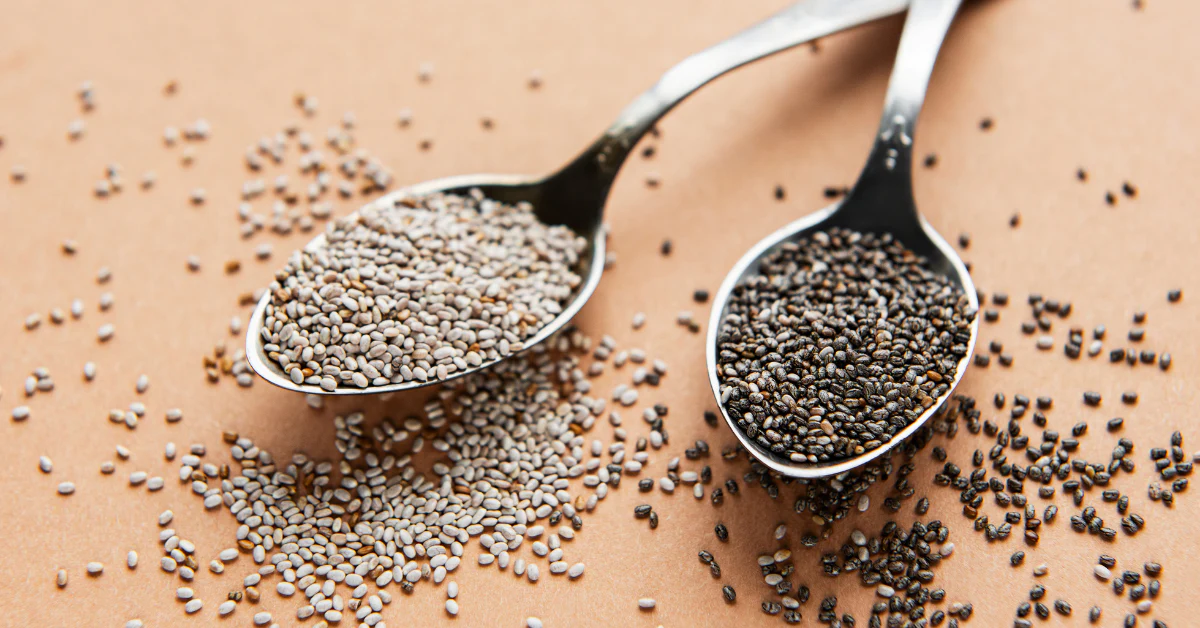


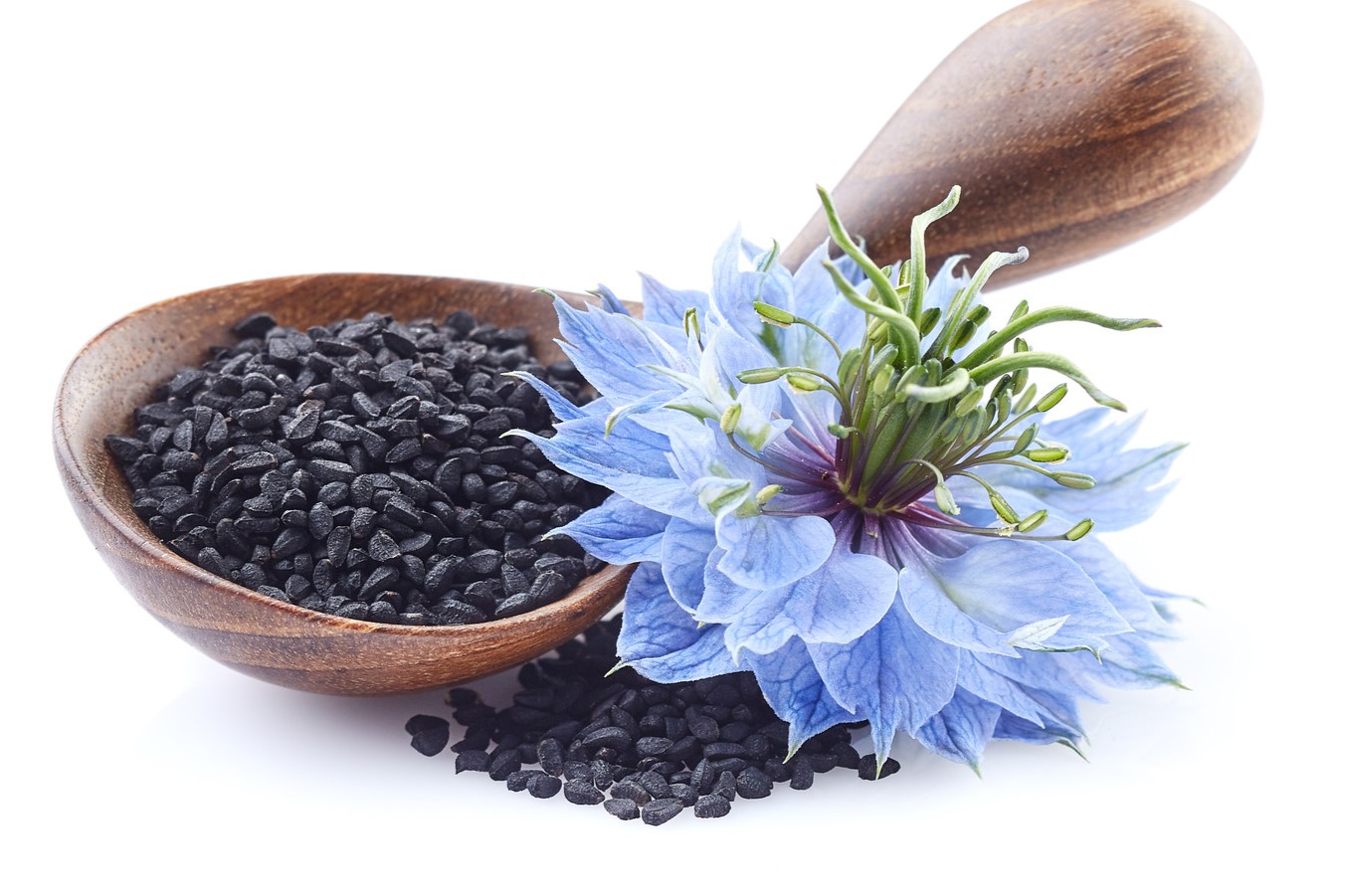
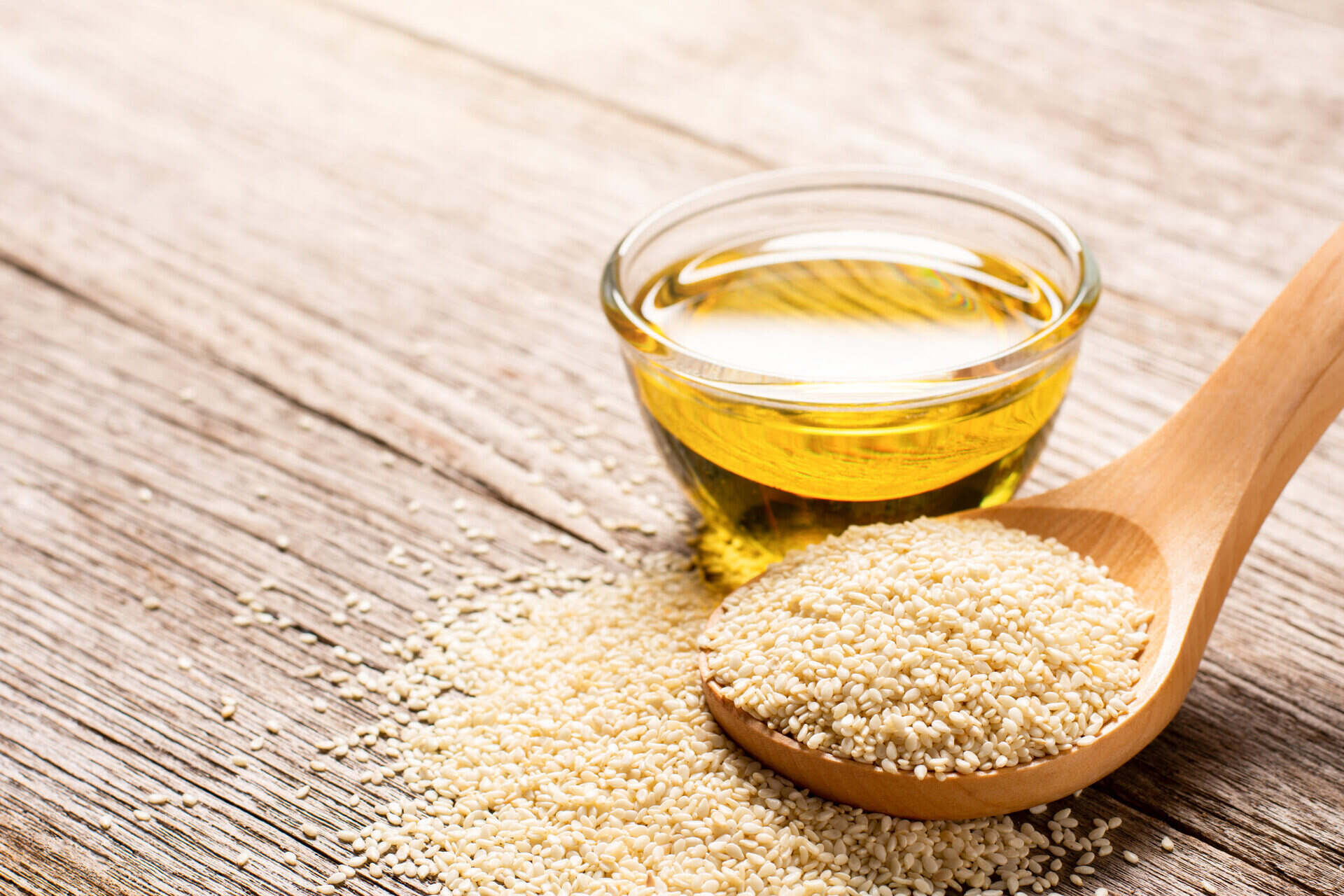


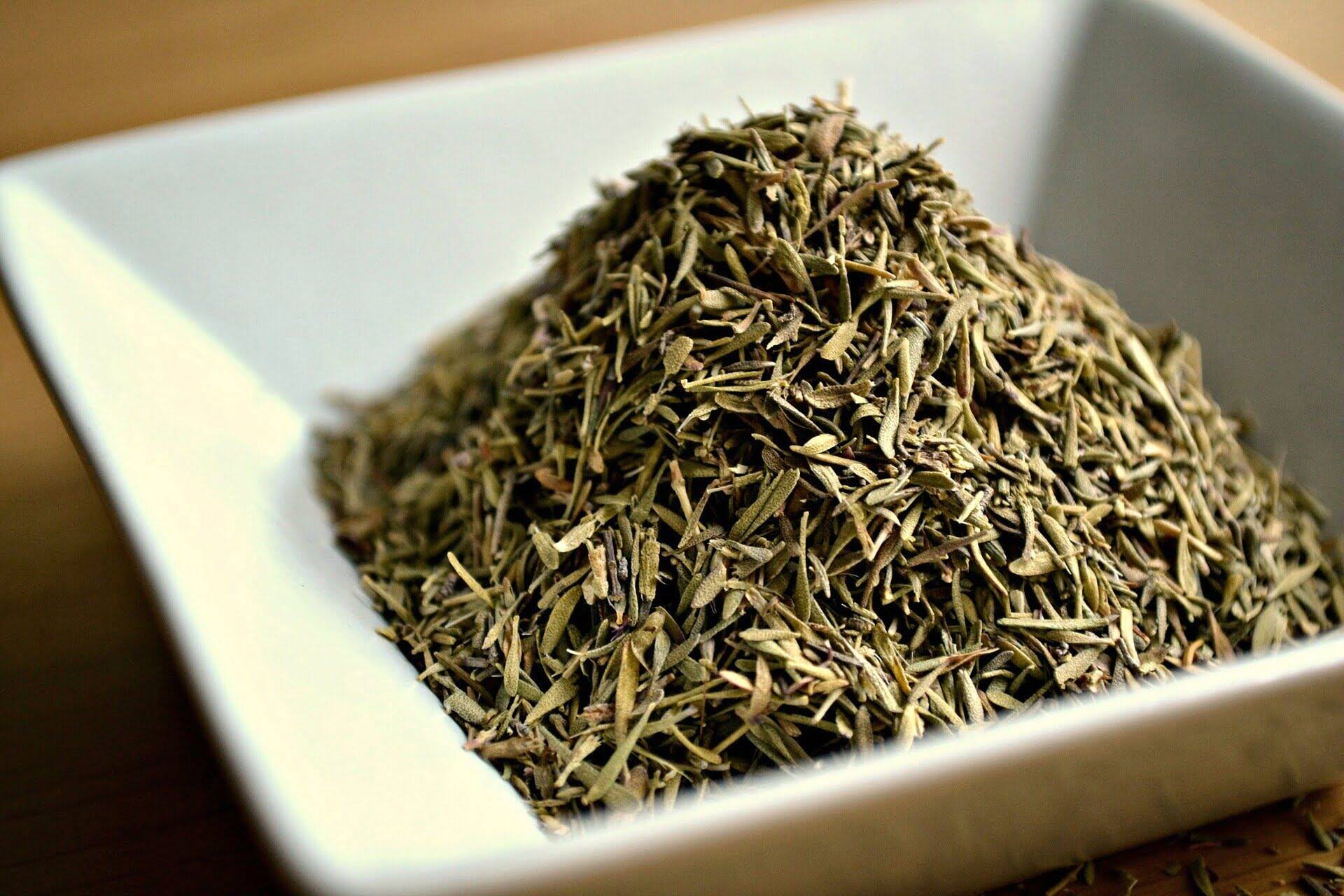



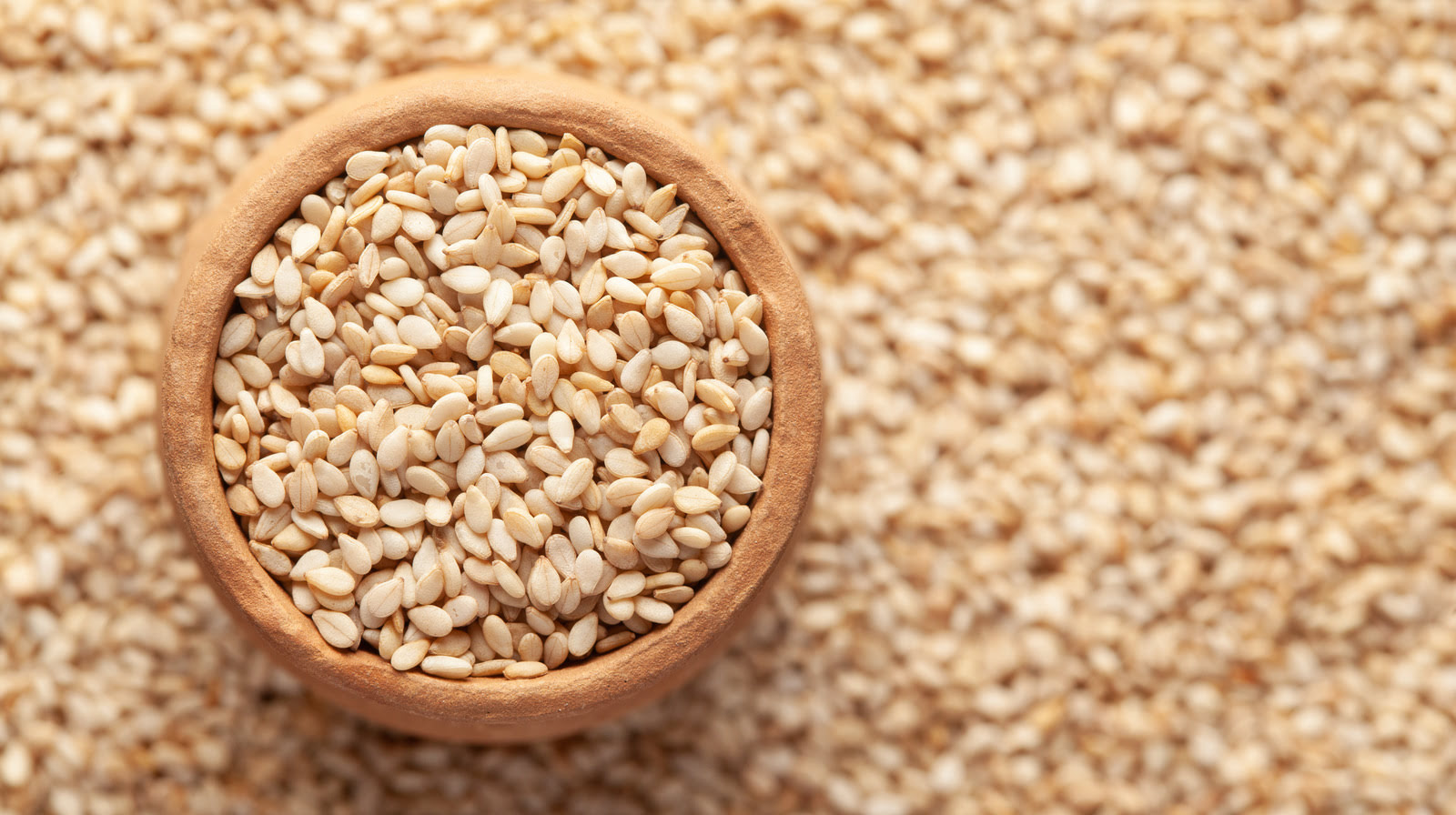



0 thoughts on “What Does Sesame Seed Oil Taste Like”